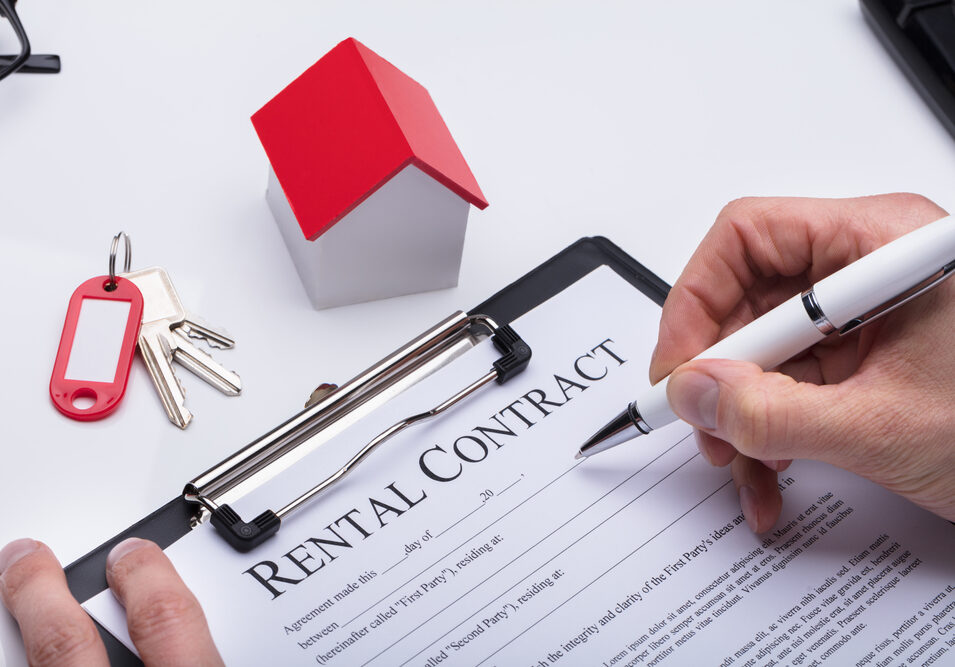Here’s everything you need to know about how the new Spanish housing law, known as the Ley de Viviendas, will effect you, whether you’re a tenant or a landlord.
Pricing controls on rentals
One of the most significant aspects of the new law is that it gives local governments and town councils the ability to identify “stressed” market zones and set rental price caps in those areas. At least one of two conditions must be satisfied for a location to be classified as “stressed.” These are places where families spend more than 30% of their income on paying the rent and where the Consumer Price Index (CPI) is five points higher than the province’s average. The price limitations on rents will be different depending on whether the owner of the apartment is someone who has more than ten homes
Rent increase index
Up until this point, the landlord had the authority to raise the rent each year by the same percentage as the CPI for the first five years of the rental agreement. The new law will also create a new index that will replace inflation and have a limitation of 2% on the annual increase in rental payments starting in 2025.
Agency fees
Under the new rule, owners rather than tenants are now responsible for paying agency fees, which in Spain are typically equal to one month’s rent or even more. The legislation forbids making tenants pay communal or municipal fees as well.
Tax penalties for unoccupied dwellings
A surcharge of up to 150 percent on the Real Estate Tax (IBI) will be applied to this situation. If the owner of the property owns four or more homes, the property will be deemed “permanently unoccupied” if it is vacant “consistently and without justifiable cause for a period of more than two years.”
Tax advantages
Landlords may start to benefit from the new housing law in 2024 through a number of tax incentives. Currently, landlords can deduct 60% of the rent they charge from their personal income tax payment, but in areas that are deemed to be “stressed,” this deduction will be cut to 50%.






